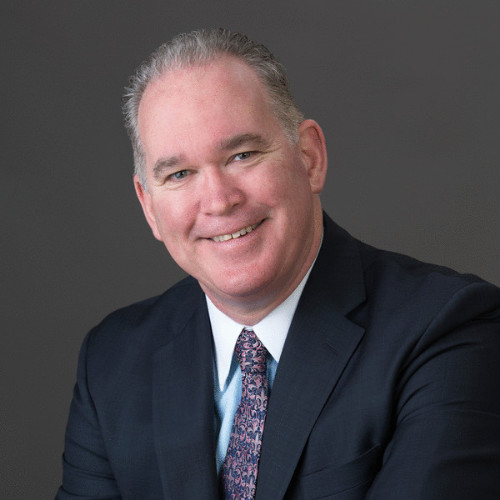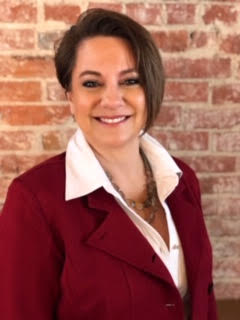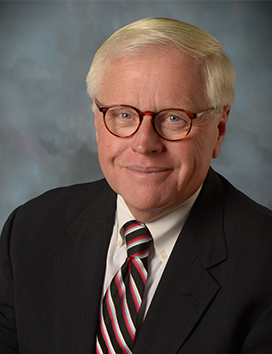After the eventful year that was 2020 for the reverse mortgage industry, it might be logical among some both in and around the industry to expect a bit of slowdown in general business activity as a new year arrives. After all, in addition to new realities on the fronts of policy and the ongoing fight against the COVID-19 coronavirus pandemic in addition to the impending change from a longstanding rate index, one might think that all of these factors would combine into a slowdown of some kind.
This doesn’t appear to be the case, however, based on conversations had between reverse mortgage loan originators from around the country and RMD. If anything, many originators are reporting that their levels of business have only risen since the calendar changed over to 2021, and that increased level of business was recently reflected in the publication of Home Equity Conversion Mortgage (HECM) endorsement data from January showing that industry volume saw its best month since the explosive tally seen in May, 2020.
To gauge what originators are seeing in their local communities, RMD went to loan officers across the country to learn more about this early uptick in business for the new year.
‘Can’t write them fast enough’
In the New York area, business has reached a high enough level for one originator that he questions his own speed in responding to the needs of potential clients. This is according to Tim Kennedy, director of business development at U.S. Mortgage Corporation in Long Island, N.Y.
“The phone is ringing every day, I can’t write them fast enough” Kennedy tells RMD. “Increasing the lending limit has helped. Where I’ve had borrowers in the past that didn’t qualify or didn’t get enough money, I’ve now been able to call them back and rerun the numbers. What’s happening is they’re a year or two older, their house value has gone up a little bit more. Or, if it’s over the $822,375 they get that much more money.”

One of the ways that an increase in the lending limit has helped is that Kennedy is having more conversations where a borrower can choose a more beneficial option between a more traditional HECM, or a proprietary reverse mortgage product, he says.
“Now with the lending limit at $822,375, they’re talking about doing a HECM. Instead of taking all this money out on day one with the HomeSafe option, [sometimes they choose to] leave it on the line of credit and have the benefit of the guaranteed growth rate factor. They’re looking at both choices or both options, saying maybe the Home Equity Conversion Mortgage [is more beneficial] versus the jumbo, which is interesting.”
One of the things these conversations communicate to Kennedy is that the clients are far more dialed in to the specifics of what will potentially impact them than some observers give the senior demographic credit for, he says.
“They’re paying attention, they know how the product works and they’re not in the dark,” he says. “When I speak with these potential clients, they have a pretty good grasp on what the reverse mortgage is, how it works, and what exactly they want out of it. And then I just fill in the blanks, and whatever misinformation they may have, I correct it. But a lot of them, they’re pretty savvy.”
Steadiness continues
On the other side of the country in the Pacific Northwest, business steadiness has continued from the end of last year according to Brandi Braley, loan originator with Neighborhood Mortgage in Bellingham, Wash.
“Business has been good,” she says. “It’s been pretty steady all throughout 2020, and it’s just continued to roll into 2021. Things in our industry kind of slowed down a little bit at the end of the year, just because people are a little bit more into the holiday spirit, not much into worrying about a mortgage loan. But yeah, I’ve seen a real steady pace going into 2021, so that’s been really nice.”

The steadiness is attributable to a mix of both new, incoming customers as well as some additional repeat customers seeking a HECM-to-HECM refinance transaction, she says, since interest rates are beneficial to some of those seeking out a change to an existing reverse mortgage, she says.
In terms of where things stand in relation to where they were one year ago — just before COVID-19 was declared a pandemic by the World Health Organization (WHO) — additional economic concerns seem likely to fuel continued reverse mortgage interest in her community, she says.
“I think things are going to stay along the same lines,” she says. “I know that there’s still, as always, the need for reverse mortgages. But also, there’s more people that have been out of jobs, so if you’ve got anyone that was going into retirement and was still working and then maybe lost a job, this is probably going to be an option for them. So, I think we’re going to have people looking at [the product] in that sense. So, I think things are going to be pretty much the same as last year, I think we’re going to see the same trend.”
Faster decision-making from borrowers
Up in Connecticut, one of the things that seems to have changed in the early days of 2021 is the pace at which clients make decisions about what direction they would like to go into in regards to tapping their home’s equity. This is according to John Luddy, SVP of reverse lending at Norcom Mortgage in Avon, Ct.
“People are making decisions faster,” Luddy says. “They’re not letting it marinate for as long as they used to. Maybe they have a greater sense of urgency because of the pandemic, but I’ve never seen so many adult children using powers of attorney to move forward on reverse mortgages.”

The pandemic has also spurred more selection of proprietary reverse mortgages — or “portfolio” products, as Luddy prefers to call them — to enter into the pipeline, he says. Unlike what is being observed by Mr. Kennedy in New York, the rise in the HECM lending limit is not dividing business as much between HECM and proprietary since it comes down to a question of other costs, Luddy says.
“The problem is that when you get to that high of a value, that initial mortgage insurance is so high that some people might use the portfolio product, just because it’s so much cheaper to get into,” he says. “And that’s regardless of whether it’s a $700,000 or $800,000 home. I haven’t yet experienced someone who’s been aided by the fact that [the lending limit is] now over $800k. And yet, there are places in Connecticut that have enormous home values, but most of our people are under the $700,000 range.”






